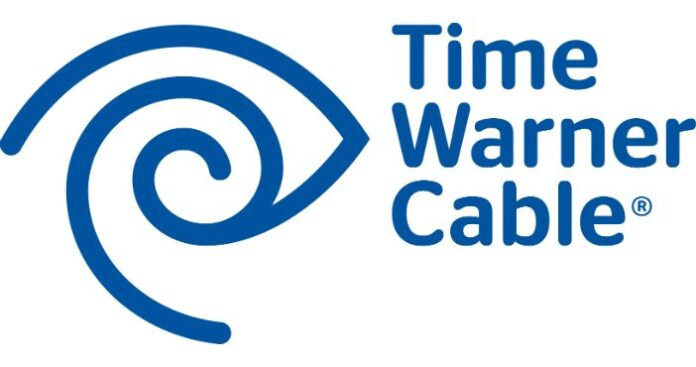Rising importance of Wi-Fi drives M&As
The rising importance of Wi-Fi to cable companies is generating new alliances and rivalries. The cable operators are reshaping the U.S. telecom landscape. They are leveraging their powerful combination of ready-made small cell backhaul and economical carrier Wi-Fi access to point to a new model for wireless delivery, in which cellular is still necessary, but just one element in the converged fixed/mobile platform.
However, merger and acquisition ideas are sure to continue to circulate in the whirlpool that is U.S. telecom. Now the theme is the convergence of broadband and video, and the drivers for mergers are about improving the economics of the quad play. That may be by enhancing an operator’s ability to boost margins through content assets. Or it may be about creating a more cost-efficient platform for one’s own, or third-party services, with Wi-Fi playing a key role in that.
The case of Time Warner Cable
Time Warner Cable began deploying Wi-Fi in 2011 and, as of June 2015, claims to have more than 100,000 access points in New York; Los Angeles, San Diego and Palm Springs, Calif.; Austin, Texas; Kansas City; Charlotte, N.C.; Myrtle Beach, S.C.; and Hawaii. TWC customers also have access to over 400,000 hot spots nationwide through its participation in the Cable Wi-Fi partnership, whose other members are Bright House Networks, Cox Communications, Optimum and Comcast’s Xfinity.
TWC Wi-Fi is offered as a free service to customers on its higher tiers, while those on lower tiers pay extra. Non-TWC customers can access its Wi-Fi network for $3 per hour.
TWC also has a partnership with Boingo that allows Wi-Fi roaming at over 100 Boingo locations, including 25 U.S. airports. Both companies use Hotspot 2.0 and Passpoint to enable seamless roaming, which helps attract and retain customers by minimizing the steps necessary to connect.
Charter plans to expand TWC’s Wi-Fi network once the acquisition is complete but hasn’t provided details about how, where and when. Charter is also looking to acquire Bright House Networks, which currently has more than 35,000 hot spots. The two acquisitions and subsequent expansion will make Charter a major player in Wi-Fi, including as a potential partner for mobile operators and over-the-top providers that want to offer Wi-Fi to their customers. Charter has committed to building 300,000 out-of-home hot spots if the TWC deal goes through.
TWC is upgrading its cable modems in a way that could enable the company to offer “community Wi-Fi,” where a second SSID is available to passers-by who are customers of TWC and/or its business partners. However, TWC hasn’t confirmed plans to offer community Wi-Fi, which some telcos and other cable operators worldwide already do.
This possibility bears watching because it would expand the addressable market for Charter by helping attract customers who otherwise would prefer cellular because they view hot spot service as too geographically limited to be a viable mobile option. Community Wi-Fi also could help Charter attract wholesale customers, particularly “Wi-Fi-first” service providers such as Google and Scratch Wireless.
The Wi-Fi element has brought the major cable companies, led by Comcast, into the telco mainstream, and has also emerged as a weapon that foreign mobile service operators could wield to expand in the U.S. France’s Iliad failed to acquire T-Mobile US, but compatriot Altice has bought smaller cable company Suddenlink and also was apparently approached by SoftBank. Wi-Fi has become such a valuable asset because it is rapidly achieving carrier-class capabilities, including SIM-like automatic authentication and seamless hand-off to cellular (with Hotspot 2.0/Passpoint). That means service providers can support the bulk of their data traffic – and even voice, with Wi-Fi calling – on the low-cost network, keeping more expensive cellular (whether their own LTE network or a mobile virtual network operator host) to support full mobility, wide area coverage and applications requiring premium quality of service or security.
Of course, those type of applications, which include some in the “Internet of Things,” may carry the highest average revenue per user in the future, so the quality of service of cellular is certainly not to be dismissed – and LTE-Unlicensed may add another twist to the saga if it becomes commercially mainstream from 2016. But the economics of data are significantly different when carrier-class Wi-Fi is introduced on a large scale, and make it less impossible to support consumers’ rising YouTube addiction while still making some profit. It also allows the cable companies and major Wi-Fi pure-play providers to take almost as significant a role in the wireless landscape as the MNOs, with a lower cost base and with broadband and TV assets to add to the mix.
To learn more about Time Warner Cable and other operators’ WI-Fi strategies, please visit the Wi-Fi Intelligence Service.
Adlane Fellah, is managing director of WiFi360. Prior to founding the company, the only content marketing agency serving the Wi-Fi industry, Fellah was the founder of Maravedis, a leading analyst firm in the broadband wireless industry. He has authored various landmark reports on LTE, 4G, WiMAX, broadband wireless and voice over IP. He is regularly asked to speak at leading wireless events and to contribute to various influential portals and magazines such as Telephony Magazine, 4G & WiMAX Trends, Fierce Wireless and WiMAX.com, to name a few. Fellah has been a member of the program advisory board for the 4G World conference since 2004 and an active member of World Communications Association International and the European Broadband Wireless Association. Prior to founding Maravedis, Fellah held various positions at Harris Corporation in charge of market intelligence and business development. Fellah is passionate about best practices of marketing and technology.
Editor’s Note: Welcome to Analyst Angle. We’ve collected a group of the industry’s leading analysts to give their outlook on the hot topics in the wireless industry.

